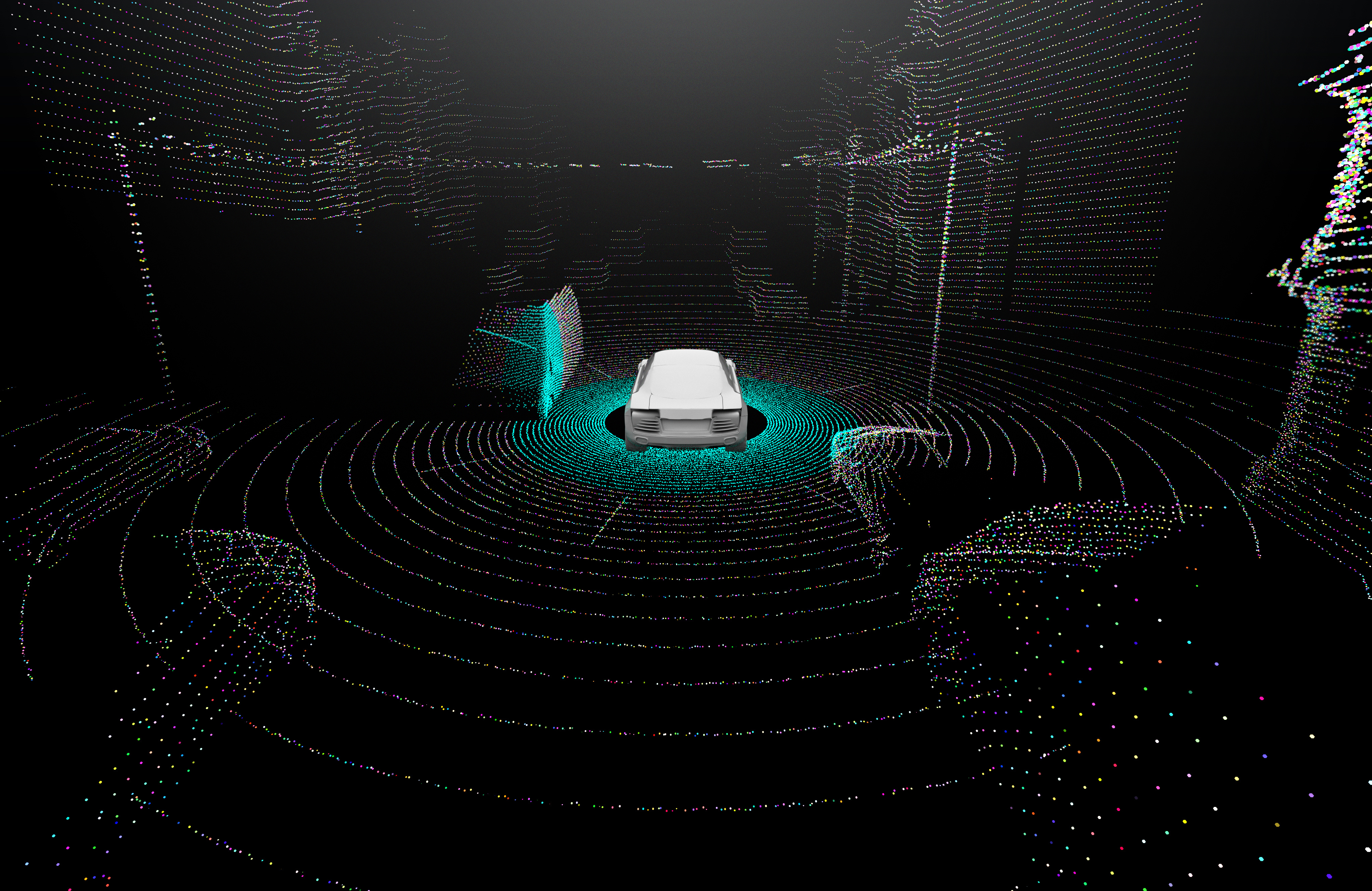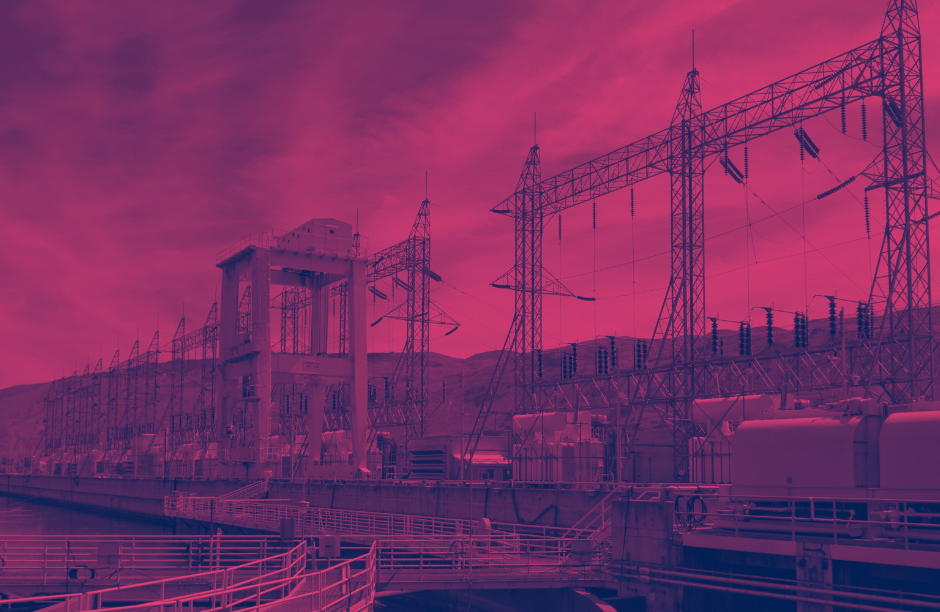
Securing public safety with smart cities and LiDAR
2023-04-10

The security and the capability to detect unwanted activities and sabotage are highly prioritised, and organisations with critical societal functions are urged to improve their safety whilst, in some cases, maintaining public privacy. At the same time, as the requirements are complex, delivering trustworthy and intelligent solutions is still a challenge. Missed alarms and false alarms are well-known problems in intelligent video surveillance. A robust offering often combines technologies and solutions, and the costs can increase drastically.
The automotive industry drives the development of lidar technology that aims to work as the vehicle's eyes, collecting all necessary information about the vehicle's environment despite the high velocity of their movement and unexpected events that could occur. The vehicle or machine must react to all scenarios - faster than a human could. And what is faster than light? Lidar uses laser light to measure distances and create accurate 3D maps of its surroundings. It does this by emitting a laser beam and measuring the time it takes for the light to reflect on the sensor. Lidar can create a precise 3D map of its environment by repeating this process multiple times.
One of the key benefits of this technology is the accuracy of these measurements of the environment. While video streams are a popular method for monitoring traffic in real-time, they often provide less precise information than lidar sensors. This is because video streams can be affected by weather, lighting conditions, and obstructions, making it difficult to detect and measure objects in the environment accurately. Especially up here in northern Sweden, during a snowstorm in one of our famous 6-month winters! Lidar sensors, on the other hand, use laser light to create highly detailed 3D maps unaffected by these factors. This level of accuracy makes lidar technology an ideal solution for monitoring and managing traffic in real-time, no matter the conditions.
The sensors mainly developed for the automotive industry are a robust alternative to surveillance and monitoring purposes when installed elsewhere, such as on roofs, walls, and pillars, similar to cameras. However, unlike cameras, real-time lidar monitoring software is designed with privacy in mind, as it collects and processes data in a way that is fully compliant with GDPR. Other monitoring solutions may rely on video streams or invasive data collection methods. In contrast, lidar sensors use laser light to create 3D maps of the environment without capturing identifying information about individuals.
This is more than welcome in today's digital age, where public privacy has become a significant concern to the point that implementation of GDPR was even necessary. As such, it is essential for real-time monitoring solutions to ensure that they are integrity-friendly. This also highlights the flexibility of lidar monitoring as it can be used everywhere you want to improve safety and security, even where video surveillance is prohibited.
In addition to conventional monitoring to detect intrusions, the same solution can be used to report if people are in danger or at risk for injuries, e.g. people walking close to train tracks. In cities with a lot of mixed traffic, there are many situations where you can improve safety with real-time detection of danger and automated responses.
It isn't just traffic accidents that it can prevent, either. Here in Luleå, people are at risk from overhanging snow and icicles that can fall at a moment's notice; lidar can identify those danger zones and potentially approximate the critical moment of it falling. We also have problems after winter with severe damage to our roads; lidar technology can expedite road maintenance, as it can identify potholes, cracks, and other road damage over a large area quickly, allowing transportation agencies to prioritize repairs and improve safety.
